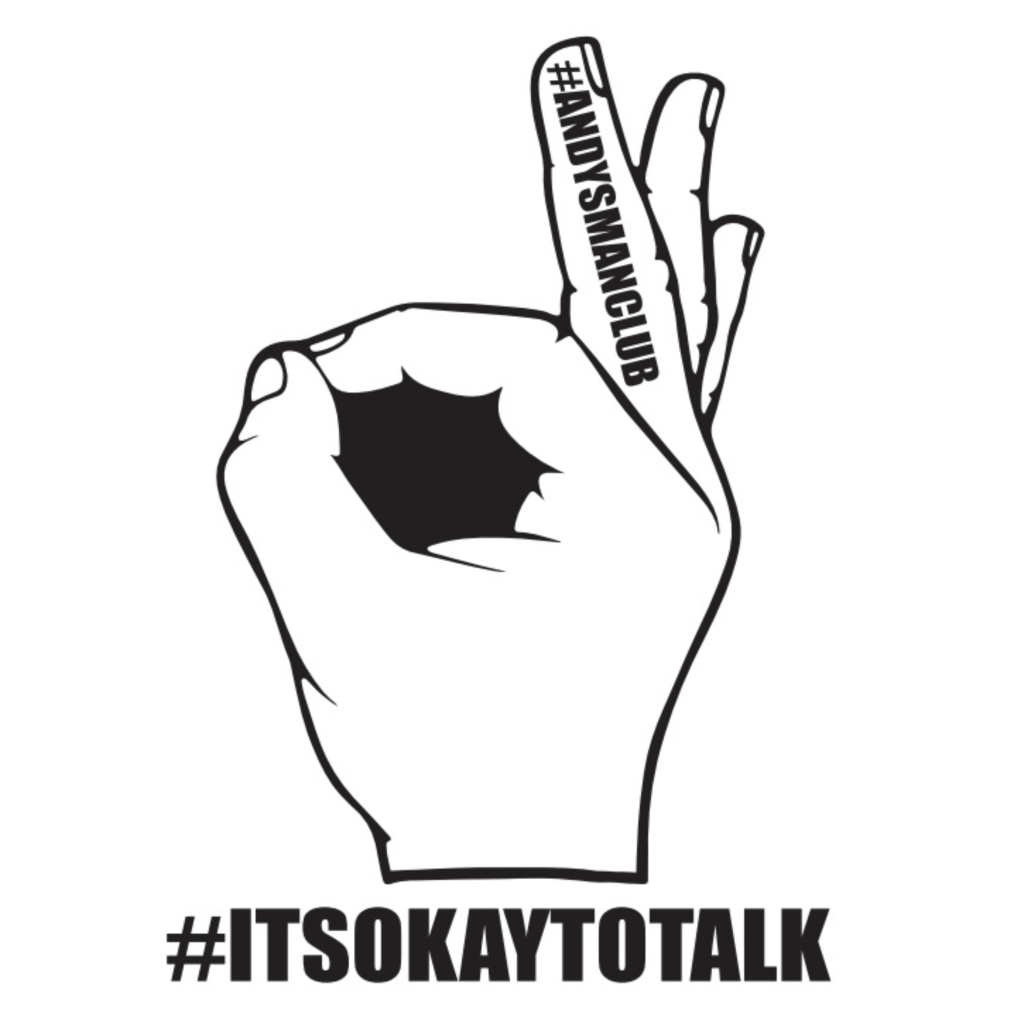For many men, sharing feelings does not come naturally. It can feel uncomfortable, risky or even unnecessary, especially if you have been taught to keep emotions to yourself. But talking about how you feel is not a sign of weakness — it is a sign of self-awareness and strength. Learning how to express emotions in a healthy way can improve relationships, reduce stress and boost your mental well-being.
Understand why it might be hard
If you find it difficult to talk about emotions, you are not alone. Many men grow up in environments where showing vulnerability is discouraged. You might have been told to “toughen up” or “get on with it” rather than talk about what is bothering you. Over time, this can make sharing feelings feel unnatural or even wrong.
Recognising that this is learned behaviour — not a personal failing — is the first step. Once you see that it is a skill you can develop, it becomes easier to take the first steps towards opening up.
Start by identifying your feelings
It is hard to share your feelings if you are not sure what they are. Take a moment to notice what is going on inside you. Are you feeling sad, anxious, frustrated, excited or something else? Sometimes physical cues like a tight chest, clenched jaw or racing heart can be a sign of emotions you have not yet named.
If you struggle to find the right words, you can use a feelings wheel or list of emotions to help. This can make it easier to move from “I’m fine” to something more specific, like “I’m feeling under pressure at work” or “I’ve been feeling lonely lately”.
Choose the right person and setting
Think about who you trust enough to be open with. This might be a partner, close friend, family member or therapist. Choose someone who will listen without judgment and give you the space to talk.
The setting matters too. Many people find it easier to talk while doing an activity, like walking or cooking, rather than sitting face-to-face. Being in a comfortable environment can reduce the pressure and make the conversation feel more natural.
Be honest, even if it feels awkward
You do not have to have the perfect words or deliver them in a polished way. Sharing your feelings is about being real, not performing. You might start with “This feels strange to say, but…” or “I’m not used to talking about this, but I want to try”. Acknowledging the awkwardness can actually make it easier to continue.
The more you practise, the more natural it will feel. Over time, you will find your own way of expressing yourself that feels authentic and comfortable.
Focus on expressing, not fixing
When you share feelings, the goal is to be understood, not necessarily to solve the problem straight away. You do not need to have answers before you speak. In fact, simply getting your feelings out can make them easier to manage and can lead to solutions naturally.
If the person you are talking to jumps in with advice too quickly, you can gently say, “I just need you to listen for now” or “I’m not looking for answers yet, I just need to get this out”.
How Therapy Can Help with Sharing Feelings
Therapy is a safe, confidential place to practise expressing emotions. A therapist can help you understand your emotional patterns, give you tools to communicate more effectively and create a space where you can be completely honest without fear of judgment.
Over time, therapy can make it easier to talk about feelings in everyday life, whether that is with a partner, friends or colleagues. Sharing emotions is a skill, and like any skill, it gets easier the more you do it.















